|
Acrylic really is a fabulous medium! If you are wondering how to paint with acrylic and if it might be right for you, here are 5 great reasons to give acrylic a place in your studio:
If you are new here, you can also check out my thoughts on how to paint with watercolour. Click here to read why I recommend doing your research and choosing just ONE medium here. Acrylic How To: PaintAcrylic can be used a thousand different ways. Use it straight from the tube, thin it with water or add impasto medium to make it really thick. So many options! Working from thin to thick is a good general rule of thumb. It can be helpful to draw your sketch first in pencil or with paint and a brush. If you like drawing with pencil, you can spray it with fixative to keep from smudging the drawing. If the smudge doesn’t matter to you, just start painting! A tiny spray bottle of water is fantastic for keeping your paint from drying too fast when trying to blend on the canvas. It also helps keep paint moist on your palette while painting. If you need to dry an area quickly, you can use a hair dryer. It can be a huge advantage to control the timing of your painting and not have to wait a day or two for a layer to dry. Acrylics will dry a little darker in value. This can make matching colour tricky, so always mix a little more than you think you need to ensure you don’t run out and have to try to match your mix. I like to test a colour then blow dry the sample to check the final colour value when I really need to be sure. Acrylic How To: SupportA support is whatever you paint on. With acrylic, you have lots options; paper, canvas or board. It’s a good idea to first coat with Gesso, also known as a ground. A layer or three will help your support not to suck up all your paint and give you a clean, dry, surface that will ensure your painting is stable for many years to come. When preparing your surface with gesso, you can also incorporate some textured brush strokes which can become part of your finished painting. It can be helpful to prepare several boards with gesso, wonderful brush texture and some light colour as a beginning surface for your paintings. Just scoop out some gesso and mix with just a little water if too stiff. Brush on to your board or canvas so that the surface is completely covered. Even if your canvas is primed, I still add a gesso layer or two. This will dry quickly and you can paint over it the next day. If you put it out in the sun, it’s sometimes ready in an hour or two! You can also add colour to this final layer of gesso to give yourself a head start. Acrylic paint can be used under oil paint to speed up the early layers of a painting. I love doing this. Be aware you cannot reverse the order. Acrylic paint cannot be painted over oil. It’s a good idea to keep separate brushes for each medium. Acrylic How To: PaletteA palette is where you mix your paint colours. I like to use a glass palette as it’s easily cleaned with a mist of water to loosen the paint and a safety razor blade. Plastic plates work, too and you can throw them out when finished for an easy cleanup. Plastic palettes can be hard to clean when the paint dries. There are specially designed palettes that acrylic paint will peel off. Tear off paper palettes are also a good idea also as they can be thrown away after use. If you want to mix a large quantity, I find takeaway containers will keep the paint workable for ages, even weeks or months. Spritz with a little water before closing carefully to keep airtight. Stay wet palettes are another great option as they keep your mixes moist. You can pop the lid on and come back later to continue using the same paint. Acrylic How To: BrushesHog bristle or synthetic brushes work for acrylic as well as oil. Brush quality is not as important as it is in watercolour. Some people are very hard on their brushes, so tend to buy cheaper brushes and replace them more often. Others like to buy quality brushes and find, with care, they last many years. It probably depends somewhat on how aggressively you like to apply your paint! I would recommend a few in different sizes so you can become familiar with how they work. Some artists use bigger brushes to work freely, others only ever use medium to small. Experiment. The more you get to know your brushes, the more you will be able to paint the effects you want. Do be careful to wash your acrylic brushes thoroughly as paint quickly builds up in the brush making it stiff and unusable. Acrylic How To: LayersI find that building up colour in layers works well for acrylic. You can try both wet in wet blending and painting one layer over another, drying in between. A fast medium fixer is a transparent product you can paint over a dry layer to protect it before working another layer on top I love to use this for skies. I’ll often work several layers to get a smooth transition from darker blue to a lighter colour near the horizon. Once I’m happy, I’ll use a fixer to seal this layer and let it dry. Then, if I’m working clouds or trees over the sky, I can just wipe away a mark I’m not happy with without disturbing the layer underneath. Being able to wipe off a still wet mark with a clean, damp sponge is very freeing! You can experiment without fear of ruining the good work you’ve already done. Acrylic is so adaptable, it’s easy to combine chunky brush strokes, working with a palette knife for texture then painting thin to create even the tiniest of line details. A useful strategy is to start thin, building up your detail and then increase the amount of paint and texture where you want the focus to be. You can add impasto medium to really chunk it up – this makes strands of hair, bark, grasses, rocks and is great fun to try. Have a look at the range of acrylic mediums in your favourite art store and you’ll see you can add all kinds of things to make your paint more transparent or glossy or thick or textured. You can really go to town here! Acrylic How To: GlazingGlazing is also a wonderful option for subtly adjusting colour or value. A glaze is a thin, transparent layer of paint (mixed with water or medium) that is painted over dry paint. Glazing on top of dried impasto or modelling paste textures works really well, so experiment with combining these two techniques. Creating thick texture in acrylic dries so much faster than in oil which is a big plus as you don't have to wait so long to glaze over texture. Acrylic How To: VarnishingVarnishing is the final step to protecting a painting and acrylic varnish is really user friendly. Once your painting is complete and thoroughly dry, just give it a light coat or two of acrylic varnish and your painting will be protected for years to come. Acrylic is an affordable, easy to use, quick to clean up medium that’s very forgiving for beginners. My only criticism of acrylic is that blending is more challenging than it is in oil. A spritz of water spray or blending mediums can help, but there is nothing like the smooth buttery ease of blending colours and soft edges in oil.
I hope this quick summary of acrylic paint helps in your quest to choose the medium that is right for you. Acrylic painting has so much to offer, is great fun to work with and can help you work fast and get amazing results. As with any medium, choose quality artists paint for best results. If this blog post has you motivated to get painting, grab my free pdf “Your Creativity Matters” to encourage and help you on your way.
9 Comments
I like that you pointed out that acrylic is adaptable making it easy to combine brush strokes. I guess it would be nice to pick this material for the construction of the house. It has been the reason for saving up for three years, so I would really want to choose the best materials for the parts of my dream house.
Reply
15/12/2021 06:46:51 pm
When you use this type of render on your walls, they are less likely to crack. We all know that the materials used to construct homes contract and expand in response to changes in temperature. As a result, the use of acrylic rendering ensures that the walls will not fracture. Acrylic rendering can be used to fill in hairline cracks quickly and easily.
Reply
16/12/2021 05:40:36 am
I like how acrylic is easy to clean up. I feel like I would make a mess with it. So this helps give me reason to use it.
Reply
27/9/2022 12:07:06 am
I want to do some painting in acrylic. It's interesting that it can be so easy to clean up in the long run. It's amazing that acrylic can be used in so many different spots.
Reply
6/10/2022 07:57:17 am
I appreciate that you mentioned how versatile acrylic is, making it simple to mix brushstrokes. I suppose using this material for the building of the house would be good. I truly want to select the best materials for the components of my dream home because that is the reason I have been saving money for three years.
Reply
9/2/2023 12:35:18 pm
We appreciate you sharing this important information with us. Others who don't yet know this knowledge may find this useful.
Reply
9/2/2023 12:52:27 pm
Thank you for sharing this valuable information with us. This could also be helpful to others who are yet to know this information.
Reply
Leave a Reply. |
Hi, I'm Fiona. I'm an artist and art coach. I help aspiring artists learn to paint for fun AND for profit even if they've never sold any of their work before.
You have more than enough creativity and talent, what you need are skills - both for making art and the art of selling art. I can help! Archives
January 2022
Categories
All
|
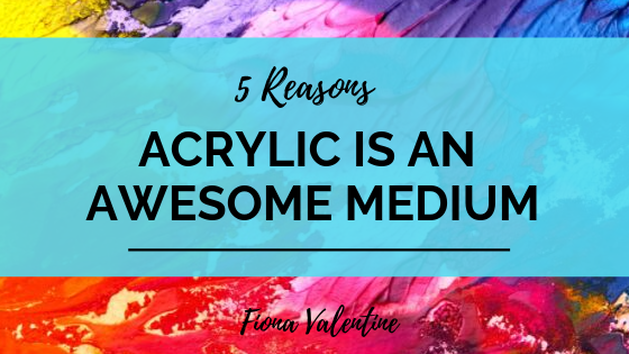
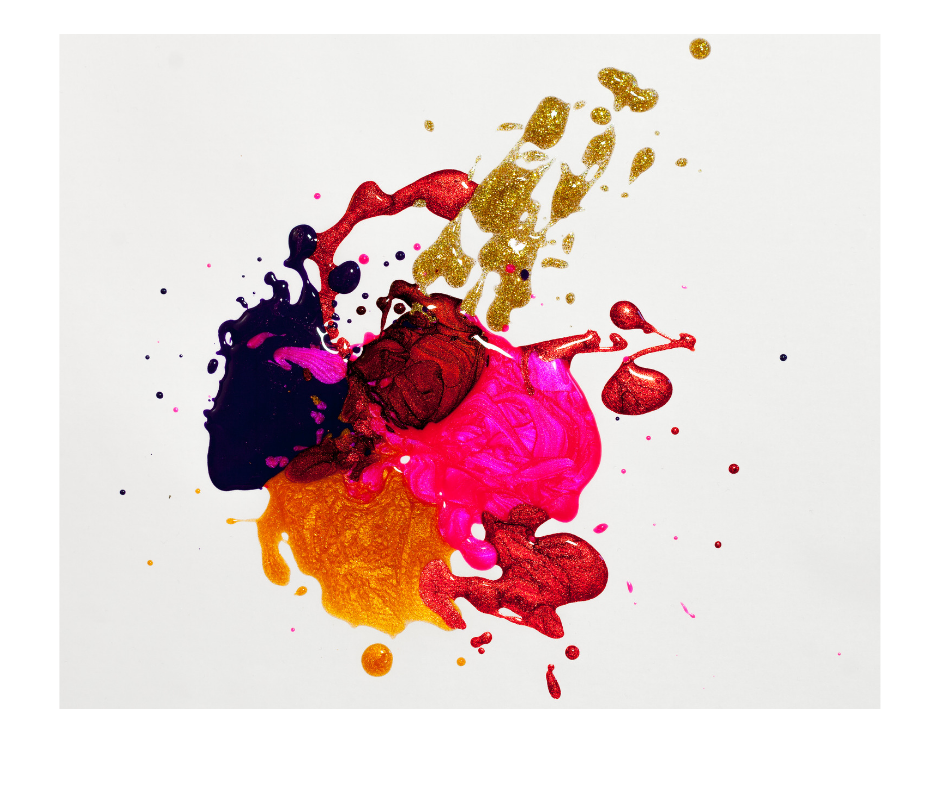
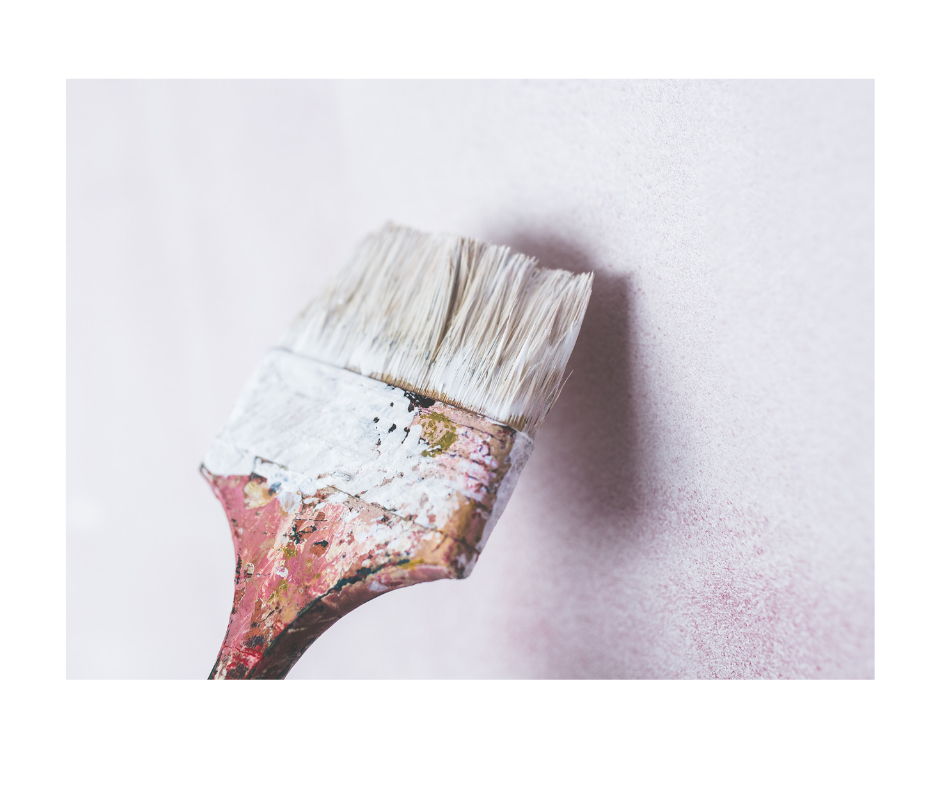
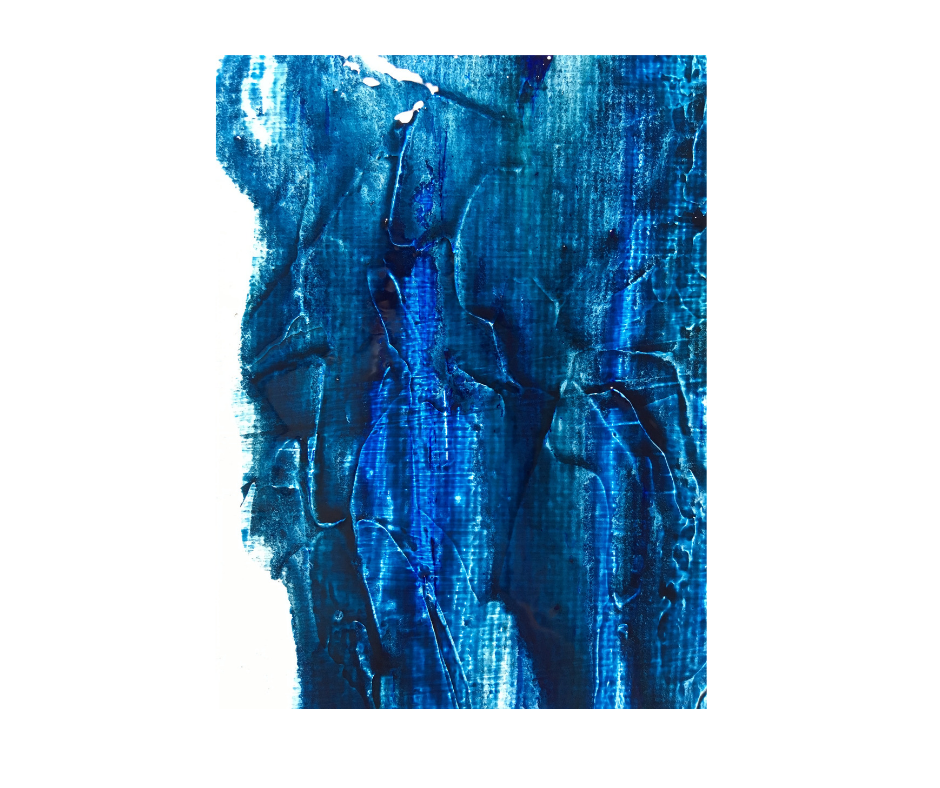
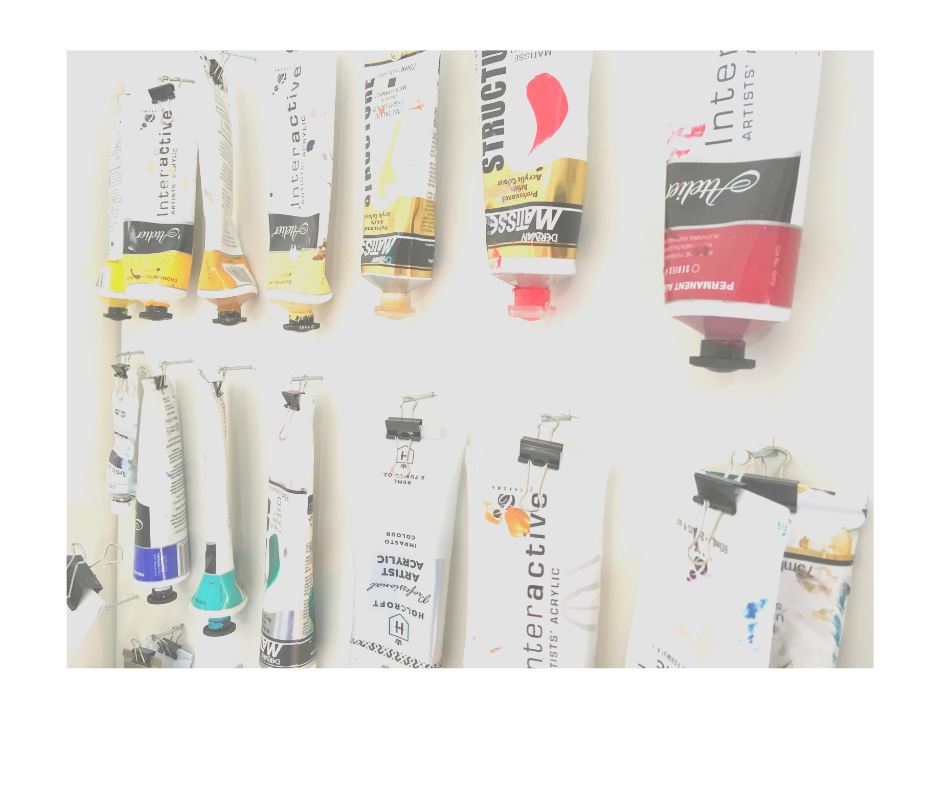


 RSS Feed
RSS Feed